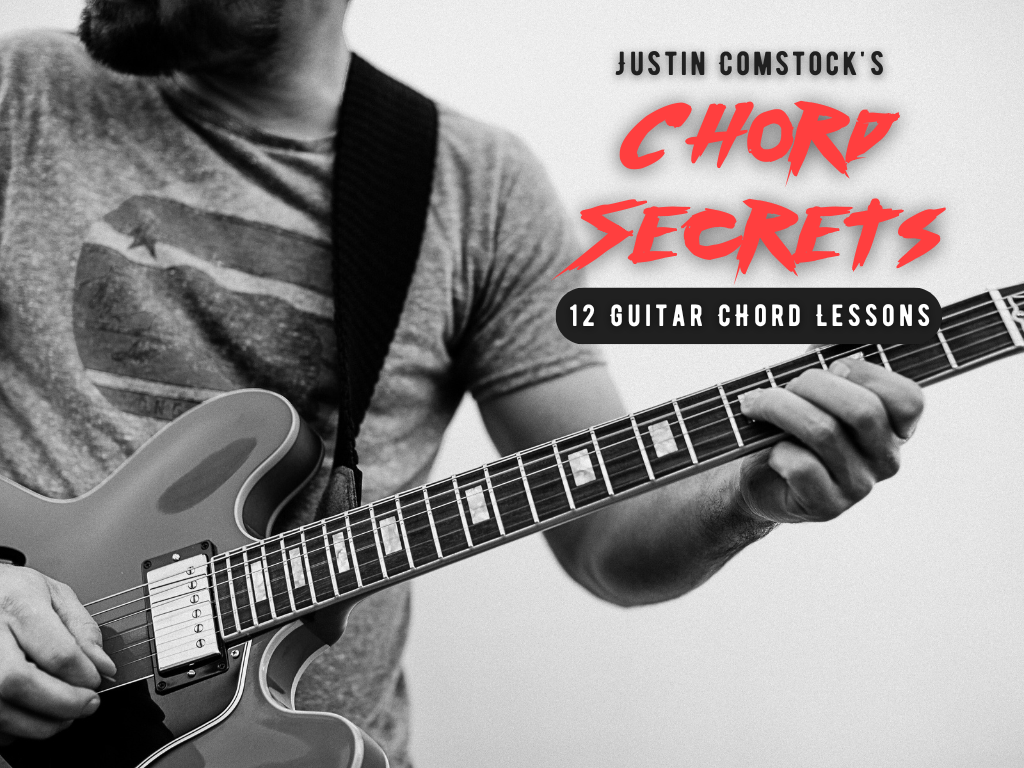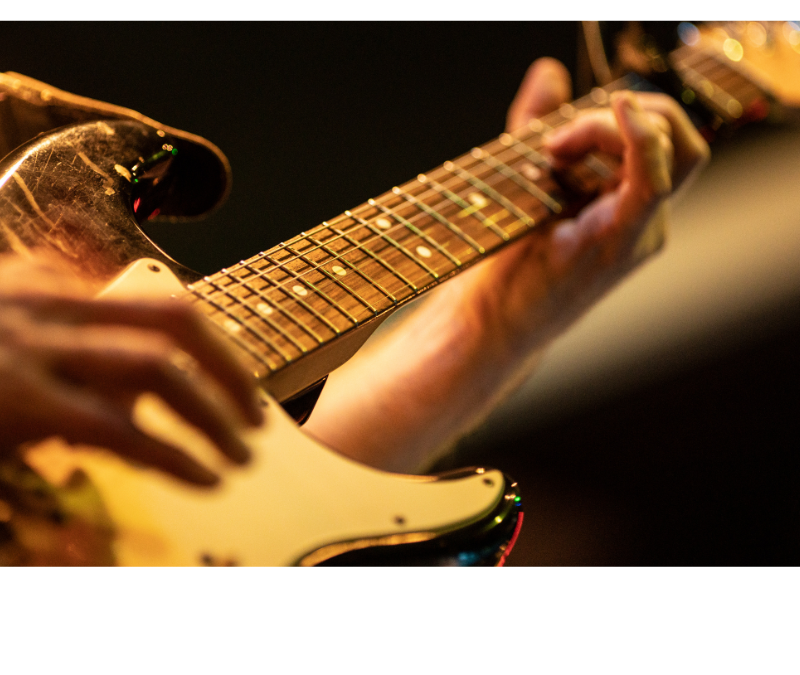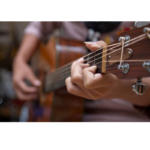Learning to play the guitar can be an incredibly rewarding experience, but it can also feel daunting, especially when faced with the multitude of chords and fretboard positions. However, fear not! Navigating basic guitar chords doesn’t have to be intimidating. With a bit of patience, practice, and guidance, you can master the fundamentals of chord playing and unlock the potential to play countless songs. In this beginner’s guide, we’ll walk you through the essentials of understanding and navigating basic guitar chords.
Understanding Basic Guitar Chords
Before jumping into specific chords, it’s crucial to understand the basics. A chord is a combination of three or more notes played simultaneously. In simpler terms, chords are formed by pressing down specific combinations of frets and strings on the guitar neck. Chords are the energy behind your favorite songs. They allow you to play songs and write your own. Chords are the building blocks of music.
Getting Started: Essential Chords
To begin your journey into chord playing, it’s essential to familiarize yourself with some basic chords. These foundational chords serve as building blocks for countless songs across various genres. Here are a few essential ones to start with:
- C Major (C): Place your third finger on the third fret of the fifth string, your second finger on the second fret of the fourth string, and your first finger on the first fret of the second string. Strum from the fifth string down.
- G Major (G): Place your third finger on the third fret of the sixth string, your second finger on the second fret of the fifth string, and your fourth finger on the third fret of the first string. Strum from the sixth string down.
- D Major (D): Place your first finger on the second fret of the third string, your third finger on the third fret of the second string, and your second finger on the second fret of the first string. Strum from the fourth string down.
- A Major (A): Place your second finger on the second fret of the fourth string, your third finger on the second fret of the third string, and your first finger on the first fret of the second string. Strum from the fifth string down.
- E Major (E): Place your first finger on the first fret of the third string, your second finger on the second fret of the fifth string, and your third finger on the second fret of the fourth string. Strum from the sixth string down.
The CAGED System
The CAGED system is a valuable tool for guitarists to understand the fretboard layout and navigate chord shapes across the neck. It derives its name from the five basic open chords: C, A, G, E, and D. These chords serve as anchor points that can be moved up and down the fretboard to play different chord voicings. The key concept of the CAGED system is that each of these open chords corresponds to a specific chord shape based on its root note. By learning the chord shapes associated with each letter in CAGED, guitarists can unlock a deeper understanding of chord theory and effortlessly transition between chord positions while playing. This system empowers players to visualize the fretboard in a systematic way, facilitating chord changes and improvisation across various keys. By incorporating the CAGED system into their practice routine, guitarists can expand their chord vocabulary and enhance their overall musicality.
Navigating Chord Changes
Once you’ve familiarized yourself with these basic chords, the next step is learning to navigate between them smoothly. Here are a few tips to help you transition between chords seamlessly:
- Practice Transitions: Focus on transitioning between two chords at a time. Start by practicing switching between C and G, then move on to C and D, and so on. Slow down the tempo if needed and gradually increase speed as you become more comfortable.
- Use Common Fingers: When transitioning between chords, look for common finger placements to make the switch easier. For example, transitioning from G to C, you can leave your index finger on the second fret of the fifth string as an anchor point.
- Visualize Chord Shapes: Visualize the shape of each chord in your mind before placing your fingers on the fretboard. This mental preparation can help you anticipate finger placement and make chord changes smoother.
- Practice Regularly: Consistent practice is key to improving chord transitions. Set aside dedicated time each day to practice chord changes, even if it’s just for a few minutes. Over time, you’ll notice significant improvement.
Additional Resources and Tips
Beyond the basics outlined here, there are countless resources available to help you navigate the world of guitar chords:
- Online Tutorials: Explore online tutorials and instructional videos that offer step-by-step guidance on chord playing techniques. We have a few courses available. Another great resource is Truefire Guitar Courses
- Chord Charts: Refer to chord charts and diagrams to visualize finger placement for different chords. Download a bunch of free charts
- Guitar Apps: Utilize guitar apps and software that provide interactive chord exercises and progress tracking features.
- Seek Guidance: Consider taking lessons from a qualified guitar instructor who can provide personalized feedback and guidance tailored to your skill level and learning style.
Remember, learning to navigate basic guitar chords takes time and patience. Don’t be discouraged by mistakes or slow progress. With dedication and practice, you’ll gradually build the skills and confidence needed to play your favorite songs and explore the endless possibilities of the guitar.
Conclusion
Navigating basic guitar chords is an essential skill for any aspiring guitarist. By understanding the fundamentals of chord construction, practicing essential chord shapes, and focusing on smooth transitions, you can gradually master the art of chord playing. Embrace the learning process, stay patient, and most importantly, have fun making music on your guitar!

Download The FretDeck & Chord Secrets Course!
Download Course










